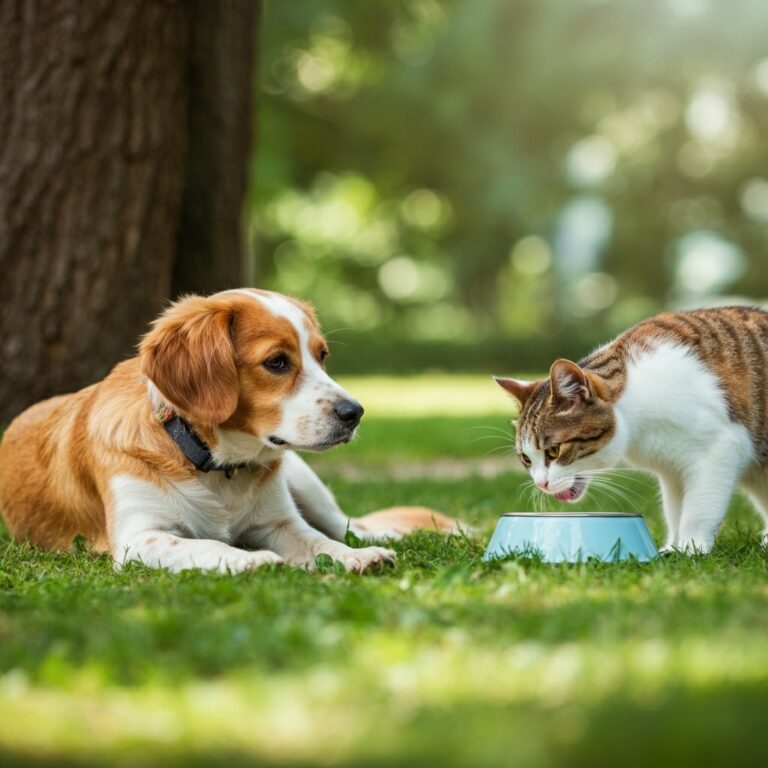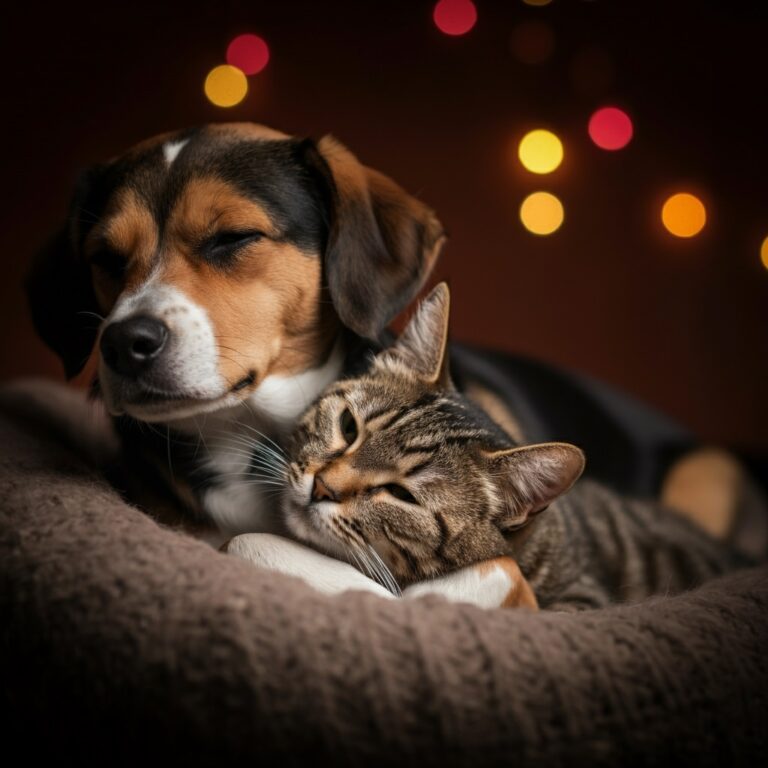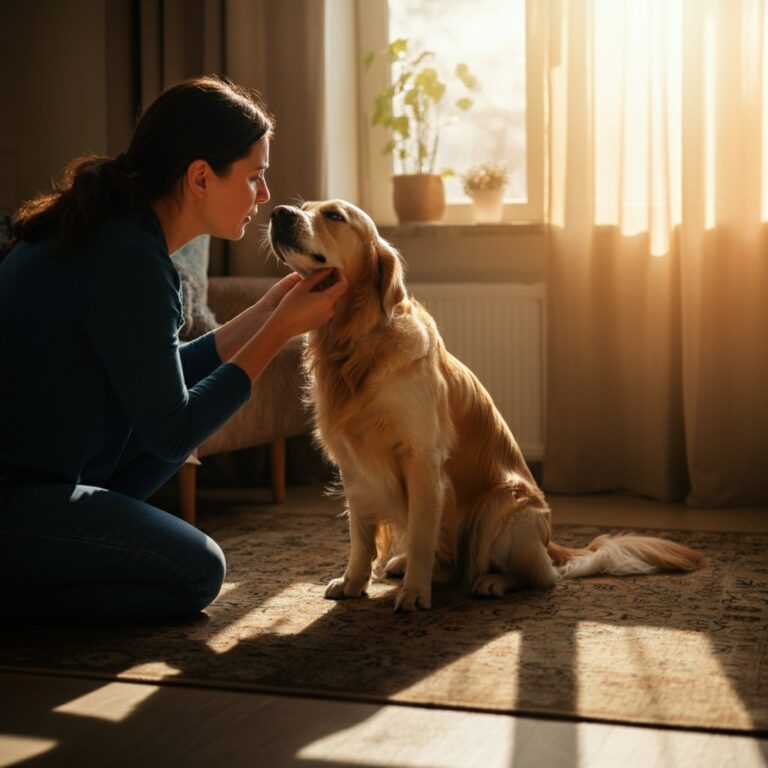
Nobody enjoys talking about poop, but when it comes to your furry friend’s health, their bowel movements are actually one of the most important indicators of their overall well-being. Just like human doctors often ask about bathroom habits, veterinarians consider your pet’s stool quality, frequency, and appearance crucial diagnostic tools.
Your pet’s digestive system works hard every day to process food, absorb nutrients, and eliminate waste. When something goes wrong—whether it’s a dietary issue, infection, or underlying health condition—their poop often provides the first warning signs. Learning to recognize what’s normal for your pet and what signals trouble can help you catch health issues early, potentially saving your pet discomfort and preventing more serious complications.
Most pet parents clean up after their animals daily, but few take the time to really examine what they’re picking up. This comprehensive guide will teach you how to decode your pet’s bathroom habits, recognize warning signs, and understand when it’s time to contact your veterinarian.
The Anatomy of Healthy Pet Stool
Before identifying problems, you need to establish what healthy poop looks like for your specific pet. Healthy stool should be firm but not hard, well-formed, and easy to pick up without leaving residue behind. The color typically ranges from chocolate brown to medium brown, though this can vary slightly based on diet.
For dogs, normal bowel movements usually occur one to three times daily, depending on their size, age, and eating schedule. Cats typically defecate once or twice per day. Puppies and kittens may go more frequently as their digestive systems develop and they eat smaller, more frequent meals.
The consistency should remind you of play dough—moldable but holding its shape. Healthy stool contains the right balance of water content, making it neither too dry and crumbly nor too soft and shapeless. When you pick it up, it should maintain its form without being so hard that it crumbles or so soft that it smears.
Color Changes and What They Mean
Brown Variations
Normal brown coloring comes from bile production and the natural breakdown of food through digestion. Slight variations in brown shades are typically normal, especially if your pet recently switched foods or ate something different.
Yellow or Orange Stool
Yellow or orange-colored stool often indicates rapid intestinal transit, meaning food is moving through the digestive system too quickly for proper bile processing. This can signal dietary issues, food intolerances, or mild gastrointestinal upset. If accompanied by soft consistency or increased frequency, monitor closely and consider recent dietary changes.
Green Stool
Green poop usually suggests your pet ate grass, vegetables, or something with artificial coloring. However, it can also indicate that food is passing through the intestines too rapidly, preventing proper bile breakdown. Occasional green stool after grass consumption is normal, but persistent green coloring warrants veterinary attention.
Black or Tarry Stool
Dark, tar-like stool can indicate bleeding in the upper gastrointestinal tract. The dark color results from blood being digested as it travels through the intestines. This is a serious warning sign requiring immediate veterinary care, though some medications or supplements containing iron can also darken stool.
Red Stool or Blood
Bright red blood in stool typically indicates bleeding in the lower digestive tract, including the colon or rectum. This could result from anything from minor anal gland issues to more serious conditions like inflammatory bowel disease or parasites. Any visible blood requires veterinary evaluation.
White or Gray Stool
Pale or white-colored stool suggests problems with bile production or liver function. This can indicate serious conditions affecting the liver, pancreas, or bile ducts and requires immediate professional attention.
Consistency Changes: From Firm to Liquid
Hard, Dry Stool
Overly hard, dry, or crumbly stool indicates constipation. This can result from dehydration, lack of fiber, insufficient exercise, or underlying medical conditions. Older pets are particularly prone to constipation issues.
Soft Serve Consistency
Soft stool that holds its shape but feels mushy often indicates dietary issues, stress, or mild digestive upset. This consistency sometimes occurs during food transitions or after eating something unusual.
Loose or Watery Stool
Diarrhea ranges from loose, poorly formed stool to completely liquid bowel movements. Causes include dietary indiscretion, infections, parasites, food allergies, stress, or underlying diseases. While single episodes might resolve on their own, persistent diarrhea leads to dehydration and requires veterinary care.
Mucus-Covered Stool
Slimy or mucus-covered stool indicates inflammation in the intestines. The body produces excess mucus to protect inflamed tissues. This can accompany various conditions, from minor dietary upset to more serious inflammatory diseases.
Size, Shape, and Frequency Variations
Normal stool size generally correlates with your pet’s size and food intake. Larger dogs produce larger stools, while small breeds and cats produce proportionally smaller amounts. The shape should be log-like and well-formed.
Thin, Ribbon-Like Stool
Narrow or ribbon-shaped stool can indicate obstructions in the colon or rectum. This shape occurs when stool must squeeze past something blocking normal passage.
Continues after advertising
Small, Hard Pellets
Pellet-like stool suggests constipation or dehydration. Your pet’s body is absorbing too much water from the stool before elimination.
Increased Frequency
More frequent bowel movements than normal can indicate digestive upset, dietary changes, or medical conditions affecting intestinal motility.
Decreased Frequency
Less frequent bowel movements might signal constipation, dehydration, or reduced food intake due to illness.
Foreign Objects and Unusual Contents
Sometimes you’ll notice unusual items in your pet’s stool, which can provide valuable health information.
Worms or Parasites
Visible worms, small rice-like segments, or unusual moving objects indicate parasitic infections requiring immediate treatment. Different parasites produce different visible signs, from long, spaghetti-like roundworms to small, flat tapeworm segments.
Food Pieces
Large, undigested food pieces suggest rapid intestinal transit or digestive enzyme deficiencies. Your pet’s system isn’t breaking down food properly before elimination.
Hair or Fur
Excessive hair in stool, especially in cats, can indicate over-grooming due to stress, skin conditions, or developing hairball issues.
Foreign Objects
Toys, fabric pieces, rocks, or other non-food items in stool indicate your pet ate something inappropriate. While seeing these items eliminated is relieving, monitor for signs of additional blockages.
When to Contact Your Veterinarian
Certain stool changes require immediate professional attention, while others merit monitoring before seeking care.
Immediate Veterinary Care Needed:
- Black, tarry stool
- Bright red blood in stool
- White or very pale stool
- Severe, watery diarrhea lasting more than 24 hours
- Stool accompanied by vomiting, lethargy, or loss of appetite
- Signs of pain during defecation
- Complete inability to defecate
- Foreign objects that seem too large or dangerous
Monitor and Schedule Appointment:
- Soft stool persisting more than 2-3 days
- Mild color changes without other symptoms
- Changes in frequency lasting several days
- Mucus in stool without other concerning signs
Keep Detailed Records
When you notice changes, document frequency, consistency, color, and any accompanying symptoms. Take photos if possible—while unpleasant, visual documentation helps veterinarians make accurate diagnoses.
Prevention and Maintenance for Optimal Digestive Health
Maintaining your pet’s digestive health involves consistent care and attention to their daily needs.
Diet Consistency
Feed high-quality food appropriate for your pet’s age, size, and health status. Avoid frequent diet changes, and when transitions are necessary, do them gradually over 7-10 days by mixing increasing amounts of new food with decreasing amounts of old food.
Hydration
Ensure constant access to fresh, clean water. Proper hydration supports healthy digestion and appropriate stool consistency.
Regular Exercise
Daily exercise promotes healthy digestion and regular bowel movements. Physical activity stimulates intestinal motility and helps prevent constipation.
Stress Management
Minimize stress through consistent routines, safe environments, and appropriate mental stimulation. Stress significantly impacts digestive health in both dogs and cats.
Regular Veterinary Care
Annual wellness exams help catch digestive issues early. Discuss any concerns about your pet’s bathroom habits during routine visits.
Understanding Your Pet’s Unique Patterns
Every pet develops individual bathroom patterns based on their diet, exercise routine, age, and health status. Spend time learning what’s normal for your specific animal. Some pets naturally have softer stool, while others consistently produce firm movements. Some go multiple times daily, while others have very regular once-daily schedules.
Keep a mental note of your pet’s typical patterns so you can quickly identify when something changes. What matters most isn’t comparing your pet to others, but recognizing deviations from their personal normal.
Read More👉 What to Feed a Pet After Vomiting or Diarrhea
Taking Action for Better Health
Your pet’s poop provides a daily health report card that’s too valuable to ignore. By paying attention to these important signals, you become an active participant in maintaining your pet’s health and catching problems early when they’re most treatable.
Start implementing a routine stool check during your daily cleanup. Notice the color, consistency, and any unusual contents. Keep your veterinarian’s contact information handy and don’t hesitate to call with concerns—most veterinary professionals appreciate proactive pet parents who monitor their animals closely.
Remember that digestive health directly impacts your pet’s overall quality of life. Issues caught early are typically easier and less expensive to treat than advanced problems. Your daily observations, combined with regular veterinary care, provide the best foundation for keeping your furry friend healthy and comfortable for years to come.



